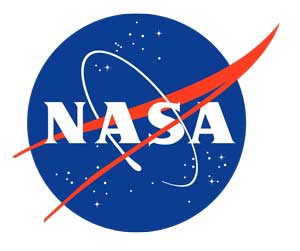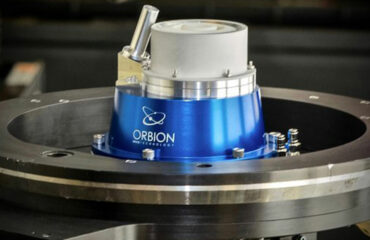
NASA Clare Skelly/Seema Vithlani NASA’s Goddard Space Flight Center March 14, 2018
Portable ground antenna stations could transform NASA’s space communications capabilities. With access to undeveloped regions, the mobile systems could bolster the return of spacecraft science, instrument health and other data to Earth.
NASA and ATLAS Space Operations, based in Traverse City, Michigan, are collaborating to test and develop this technology. The company’s compact, internet-managed antenna system called ATLAS LINKS will undergo testing at NASA’s Goddard Space Flight Center in Greenbelt, Maryland, to determine its compatibility with NASA’s ground-based communications network, the Near Earth Network.
ATLAS LINKS systems are mobile structures with four antenna units — each less than 10 pounds — that constantly survey the sky for spacecraft signals. They can be set up and taken down within minutes and only require access to internet and power.
If the technology interfaces well with NASA’s communications networks, it could expand the agency’s capability to support data return from space as the number of NASA spacecraft grows, providing an efficient alternative to traditional ground station infrastructure.
ATLAS LINKS could provide a quick and easy way to deploy temporary ground stations in areas where NASA doesn’t have permanent structures. The systems could also supplement backup measures at current NASA ground stations to ensure mission data always reaches the ground, even during an anomaly.
“NASA is embarking on a new era of partnerships and collaboration with our nation’s private sector. This will greatly benefit our country and anyone who seeks to explore beyond Earth’s atmosphere,” said Bob Menrad, associate director of the Exploration and Space Communications division at Goddard. “We value our partnership with ATLAS, as it represents a tangible demonstration of the infusion of innovation in this new era.”
ATLAS LINKS can accept data from multiple spacecraft at the same time, a unique feature that could boost communications for small satellites. These low-mass spacecraft can fly in tight formations and may benefit from sending down data simultaneously.
“If this technology proves to be compatible with NASA’s networks and provides links that are stable with respect to the movement of small satellites in orbit, the small satellite community could receive important benefits in space-to-ground communications,” said Harry Shaw, an engineer at Goddard who is responsible for small satellite communications challenges for NASA’s Space Network.
After testing and development in the lab, ATLAS LINKS will conduct live “shadow” passes of missions currently supported by NASA’s Near Earth Network. These field tests will validate whether the platform could one day support NASA’s communications networks.





You must be logged in to post a comment.